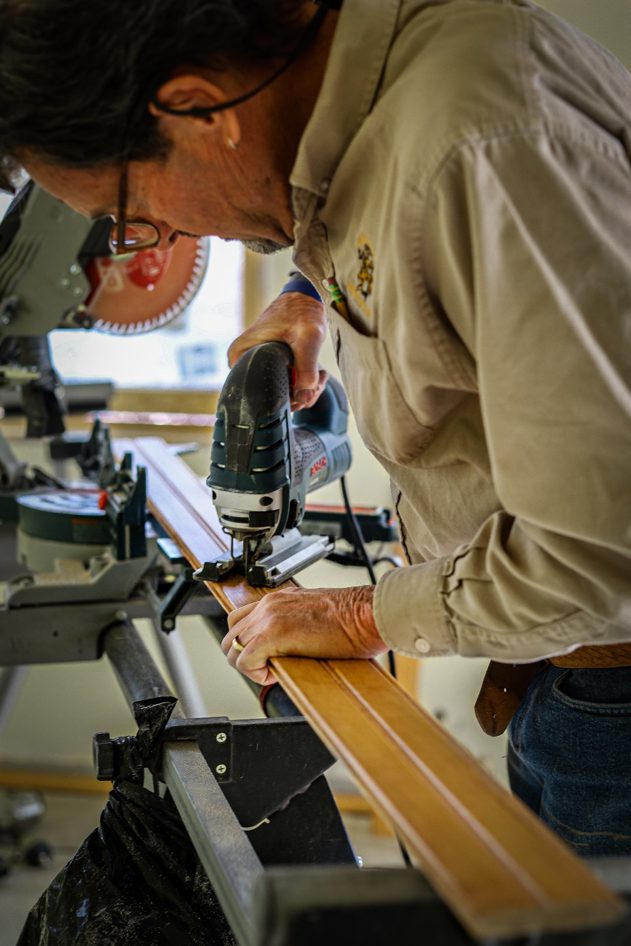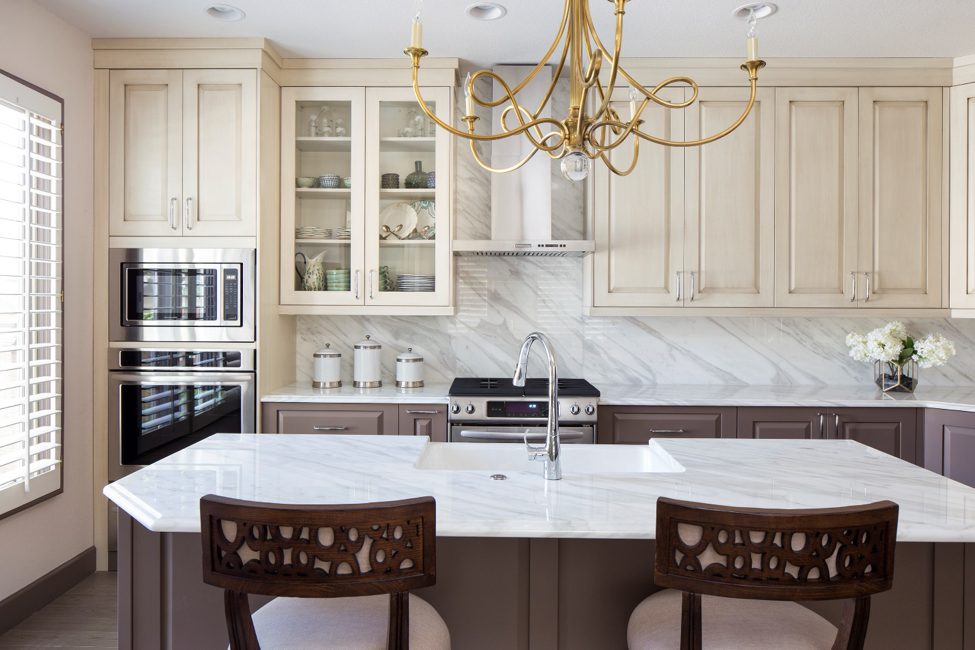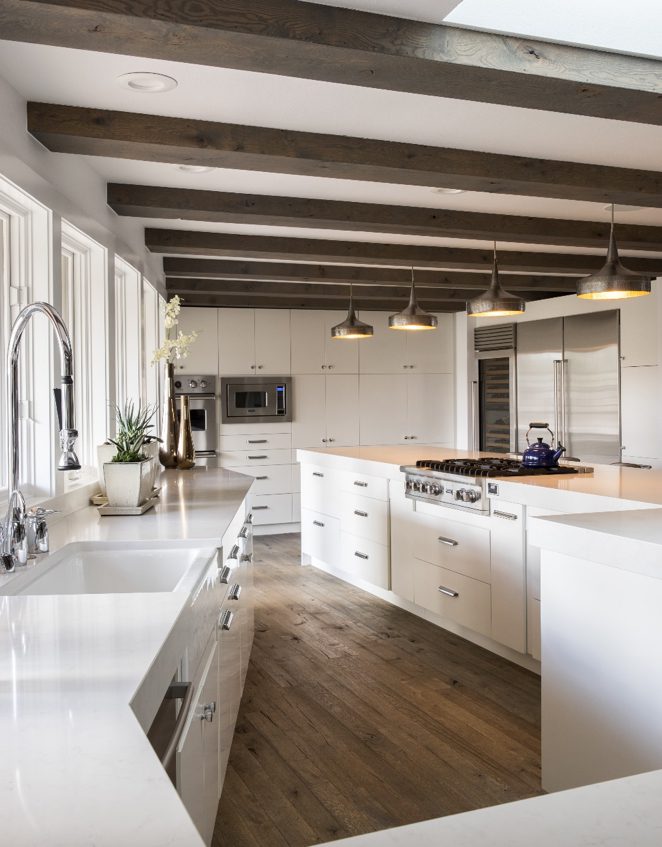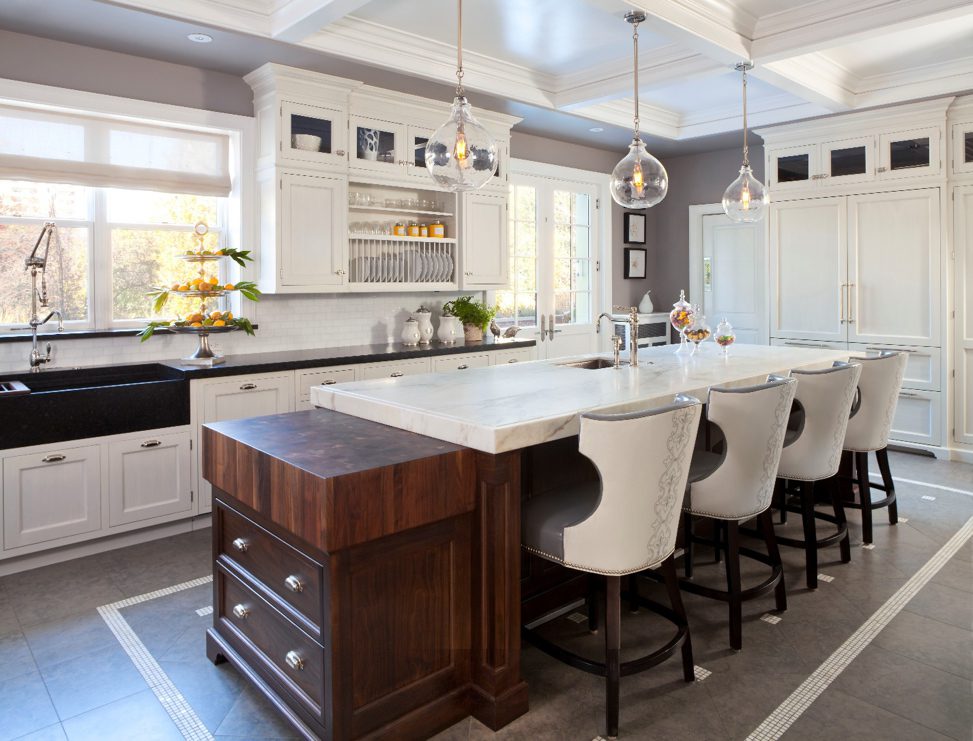Cabinets
Cabinets are not only an essential feature when it comes to the functionality of your kitchen, but they make a statement whether you realize it or not. Your cabinets can make or break your kitchen. When considering upgrading your current selections, keep a few things in mind before investing in this lifetime feature.

Budget
First things first, be sure to establish a general budget that you would like to stay around. While considering that this is a long-term investment, the price range can vary greatly. Knowing where you want to land before starting will keep your selections manageable. Once settled, bring in a professional to consult about what options fit this budget.

Customizations
You can choose from stocked, semi-custom, or custom cabinets. This manufacturing detail can differ between getting your installation scheduled within a month or six months. The stocked option means that the product is currently on hand and can be fitted for your kitchen as soon as someone is available to do it. This mass-produced cabinetry option is the least expensive. They often come pre-assembled and ready for installation.
Semi-customs are pretty much just what you would expect. They are mass-produced cabinets that have some room for personalization. Certain features can be modified to fit your specific needs. The price for these depends on how much customization you choose. The timeline will be longer than their stocked alternatives, but this will vary again based on the modification level.
Custom cabinets will hit your budget the most. These will be fully customized to fit your exact specifications. The timeline here will be considerably longer because they are made-to-order. These are best for kitchens with unique floor plans but will also have a more substantial price tag than the other two previous options.

How You Frame It
You will see the wording “framed” vs. “frameless” while shopping cabinets. These terms refer to the construction. Framed cabinets are essentially boxes with a framed open face to which the door and drawers are attached. The frameless option has the same basic structure, but it lacks the frame around the open face. Instead, the doors are connected directly to the cabinet box. The framed look lends itself to a more traditional style, while the frameless is more contemporary.
Open Door Policy
The last piece of the cabinet puzzle is the doors. What seems like the easiest step still has selections to be made.
Partial Overlay
The standard door overlay (usually the most inexpensive) is a partial overlay. The door attaches on top of the cabinet face with this application, which leaves a slight relief from the cabinet box. This application is beneficial because it does not need any additional hardware.
Full Overlay
This process gives the cabinets a more custom feel since most of the original cabinet structure/box is covered. The full overlay will involve additional hardware due to the proximity of the doors and drawers.
Inset
This unique look provides the least space due to its inlaid nature. The doors and drawers are set into the cabinet box and sit flush with the face. The hinges are traditionally concealed but can also be exposed if the user prefers.
